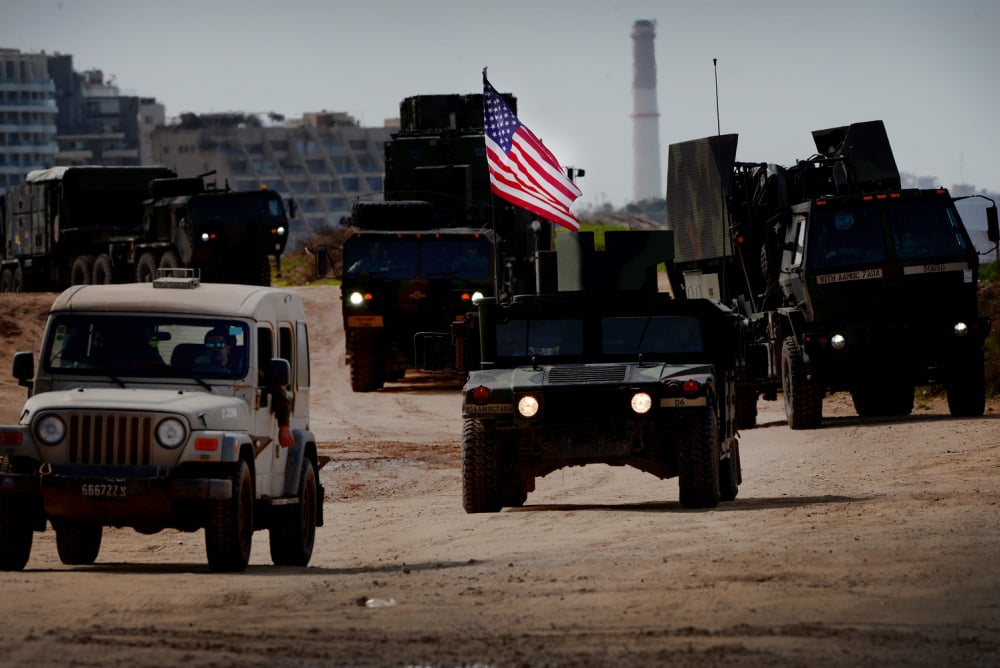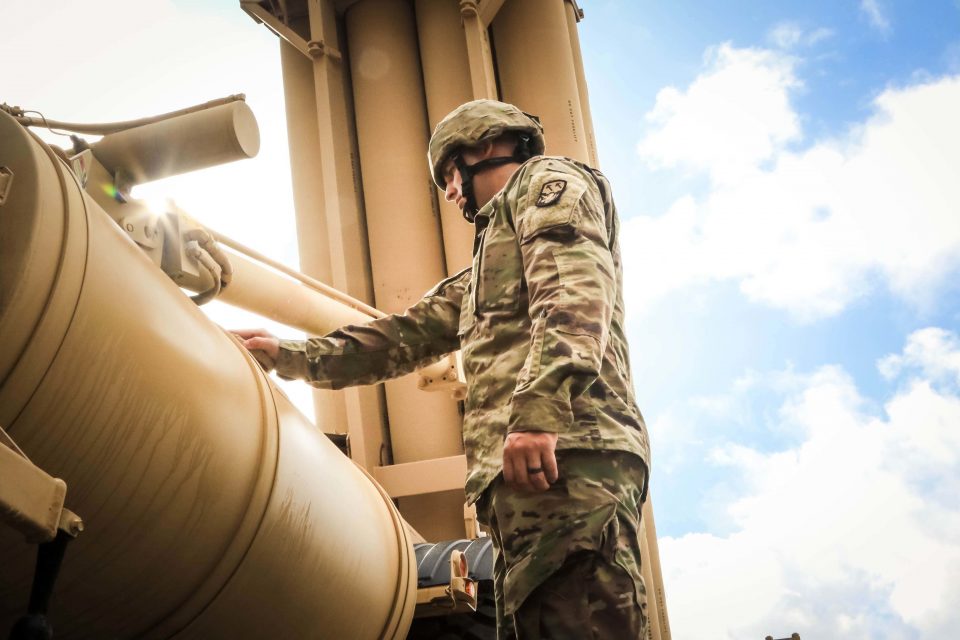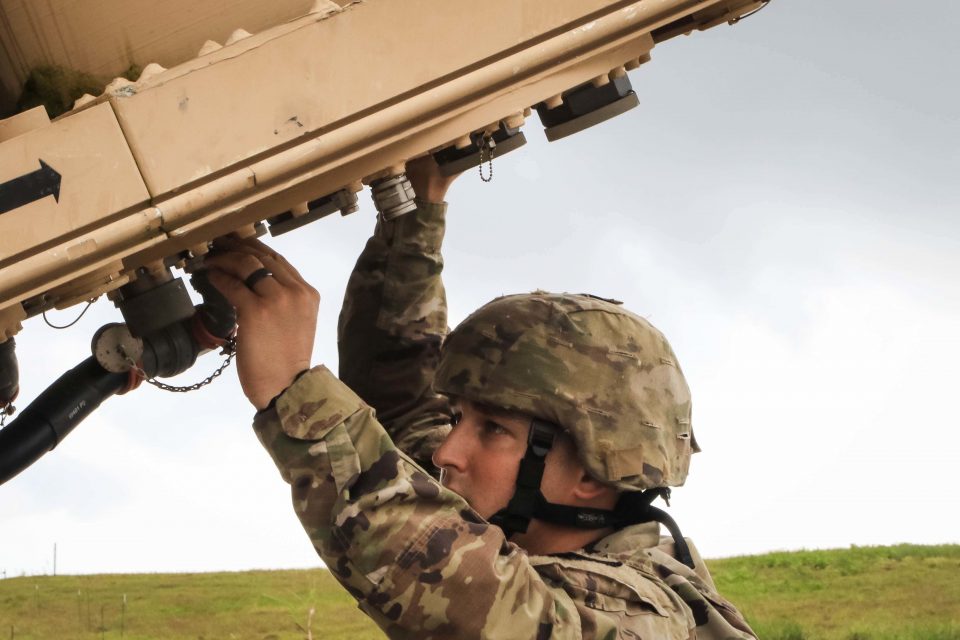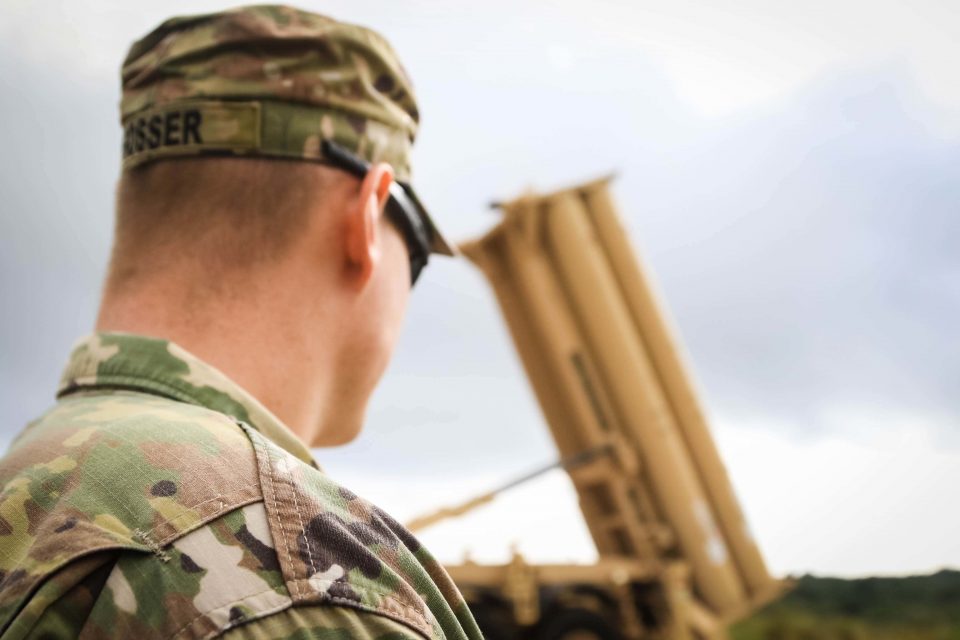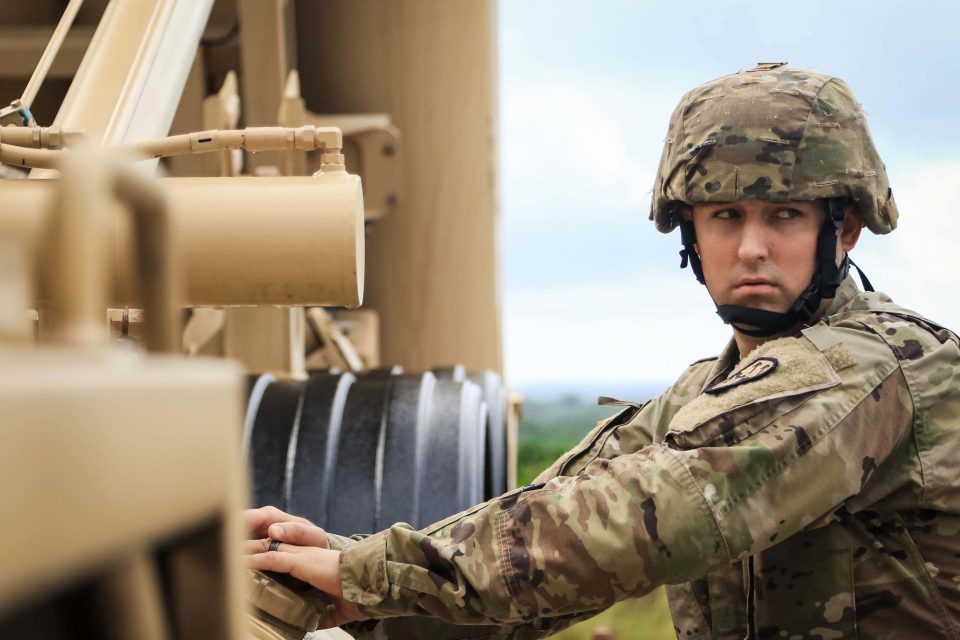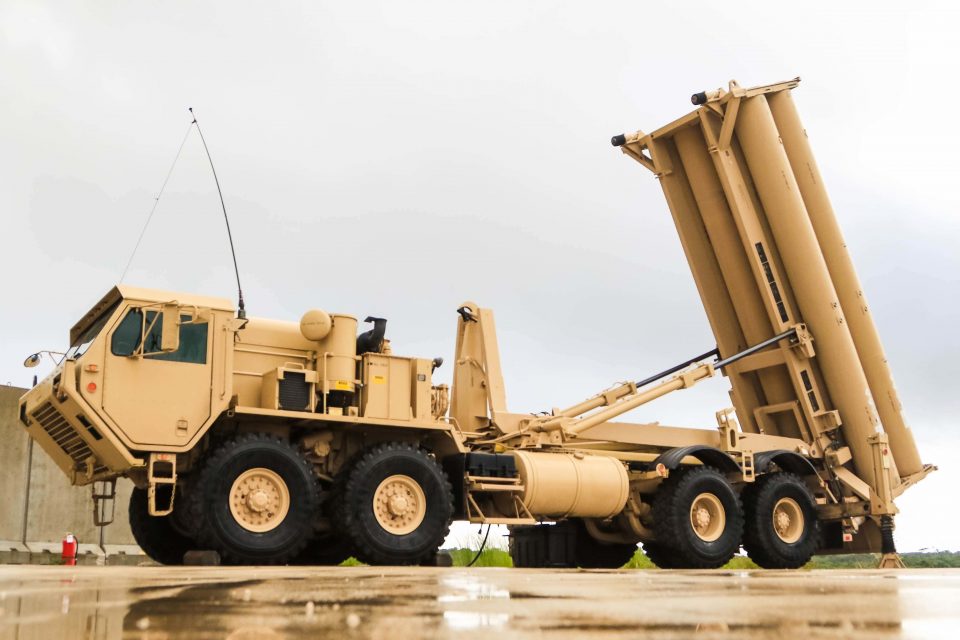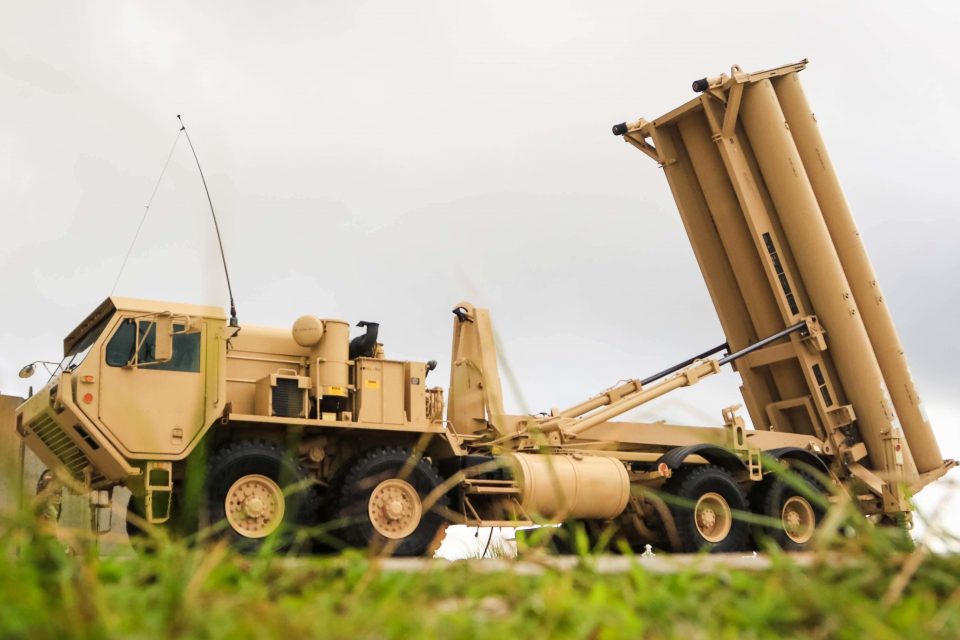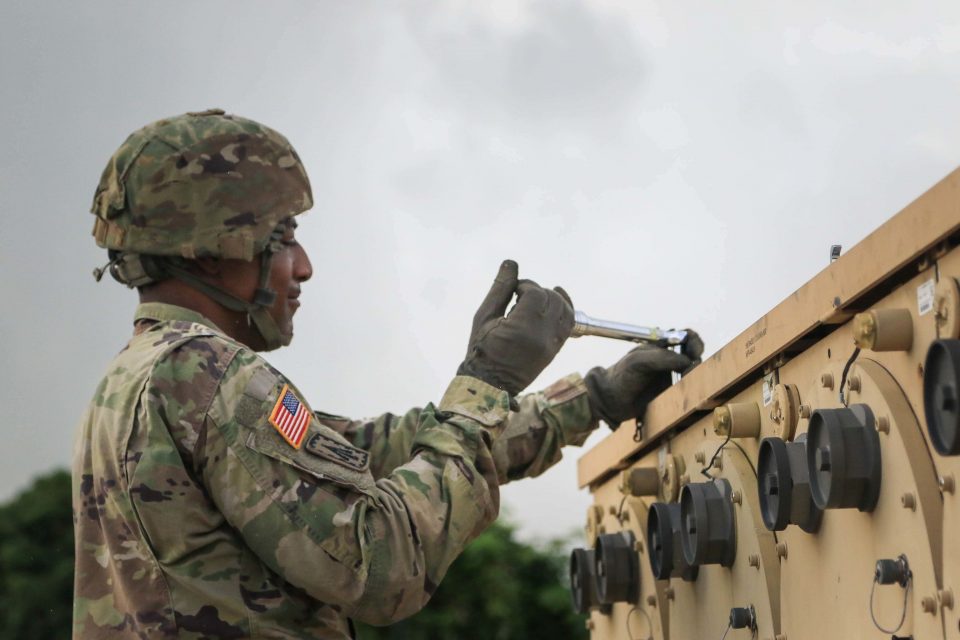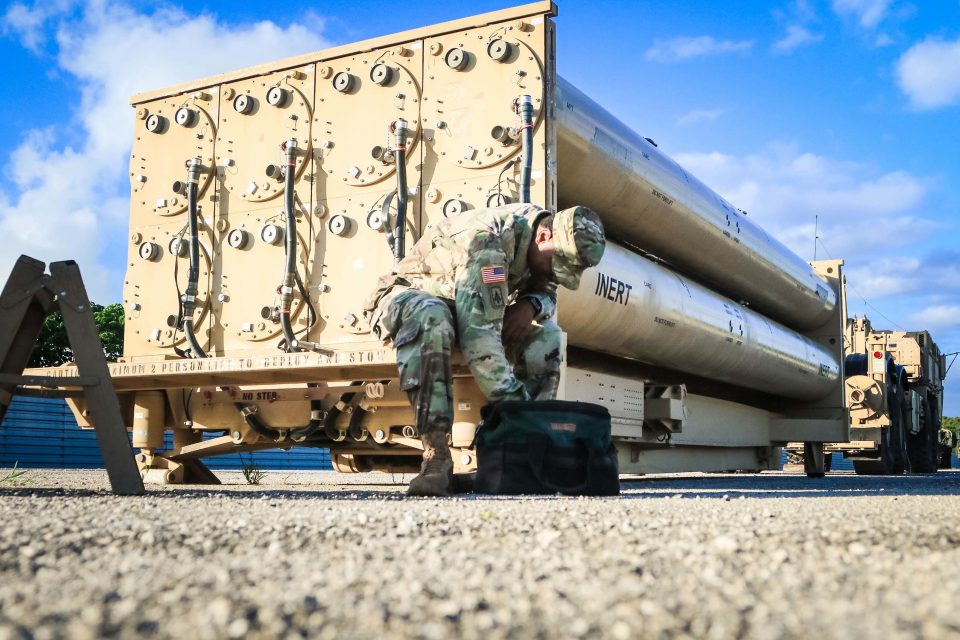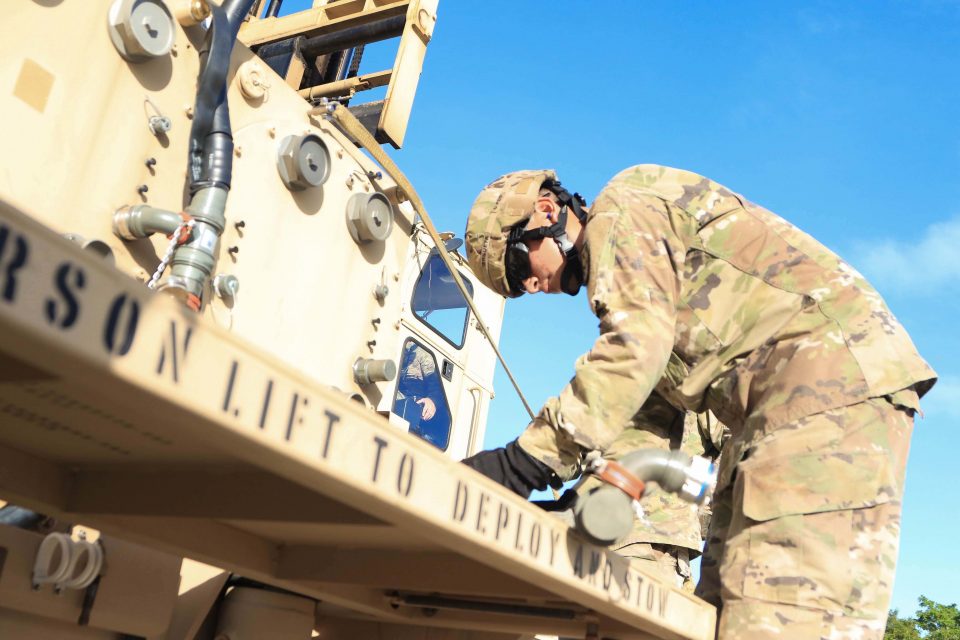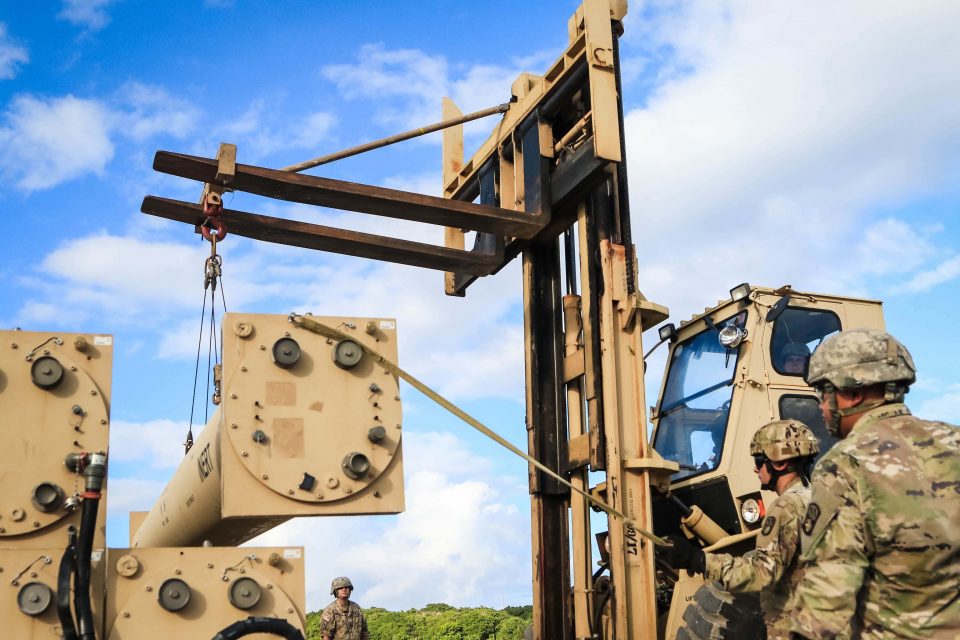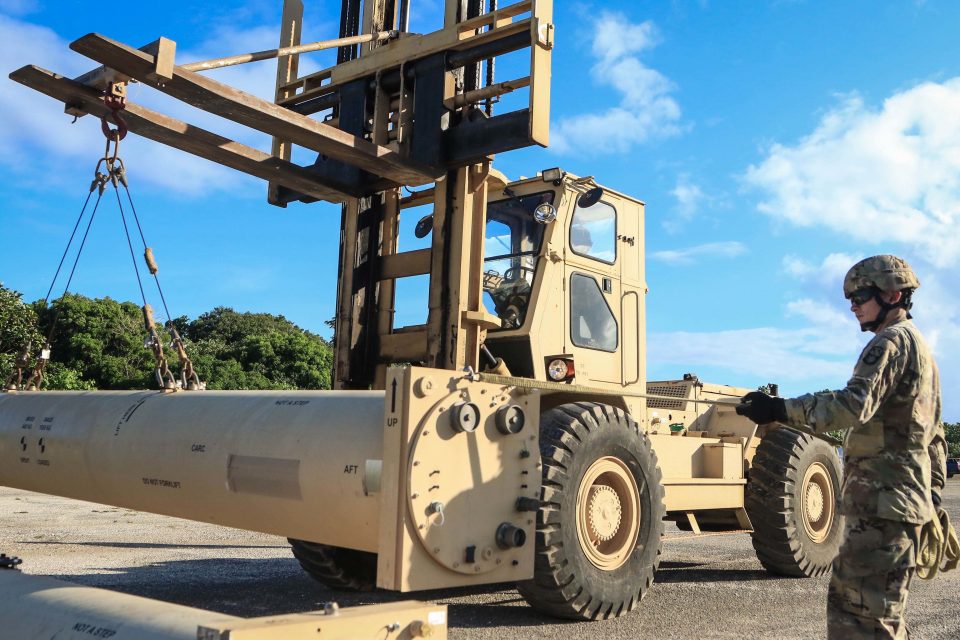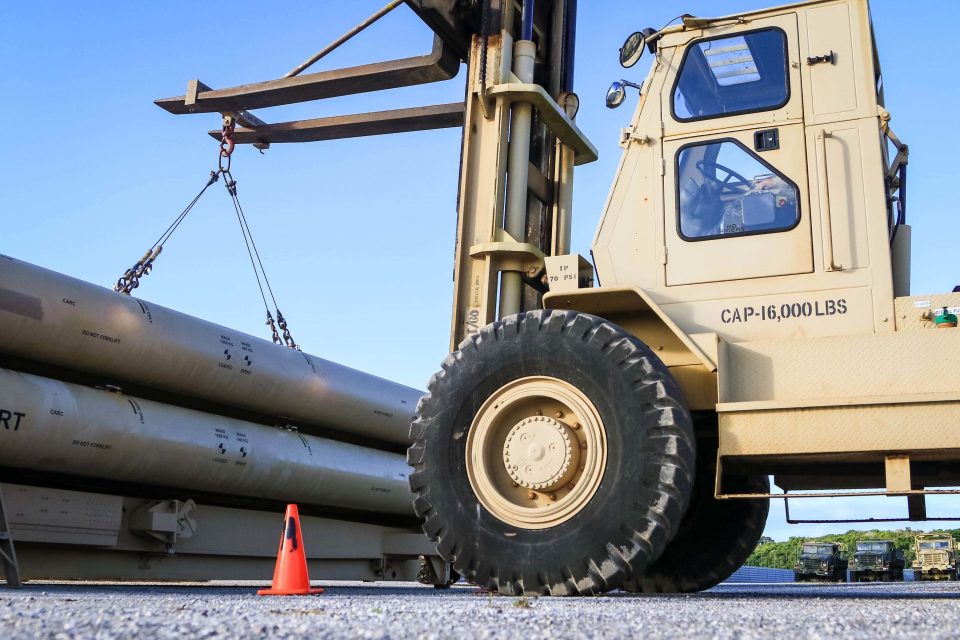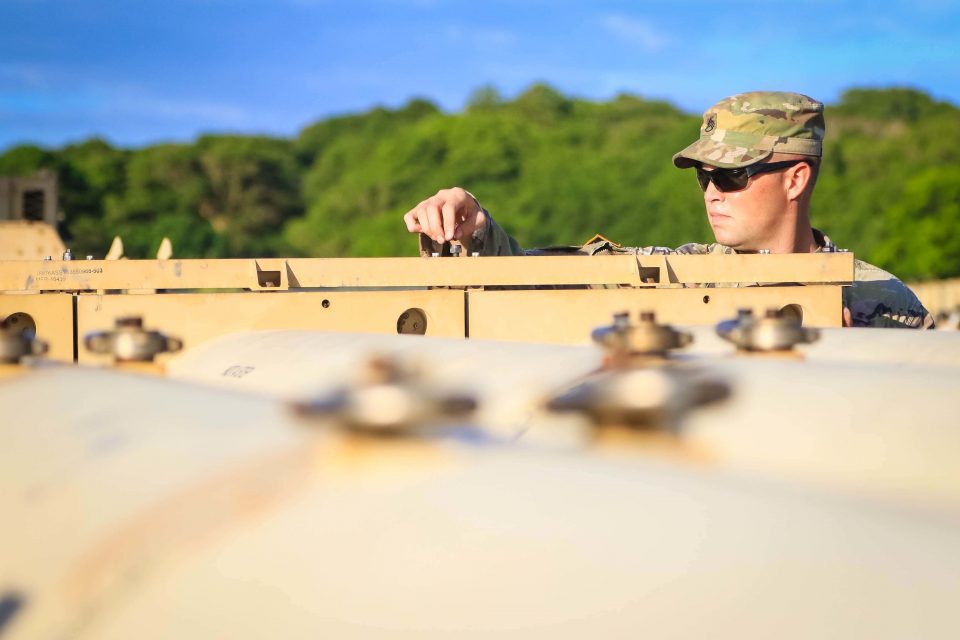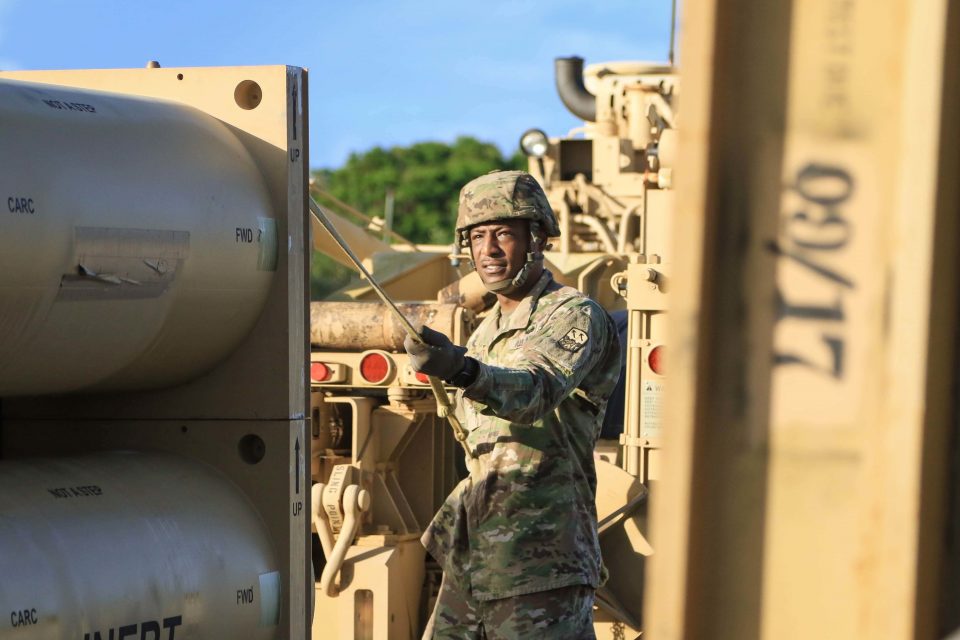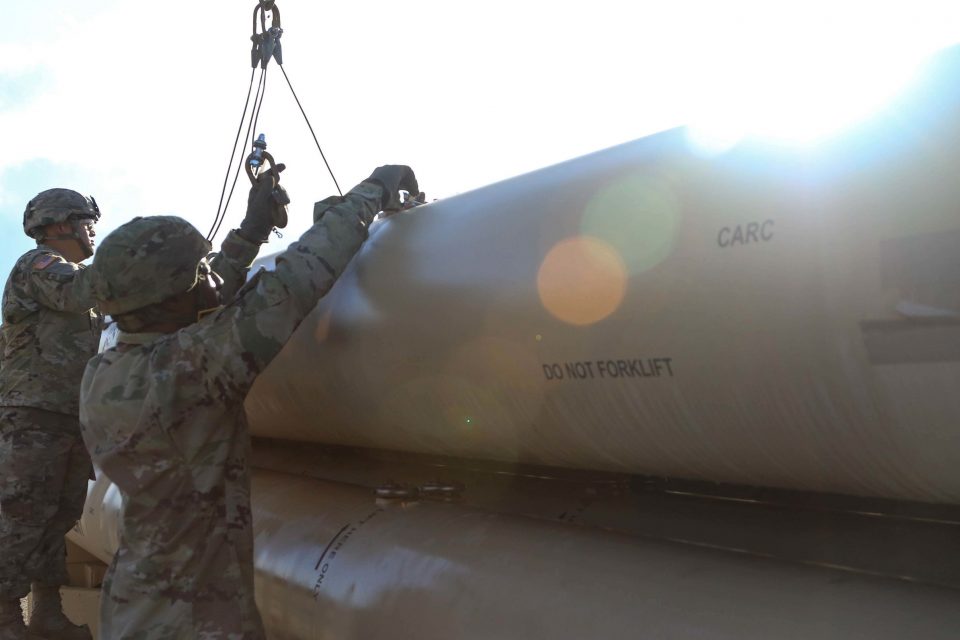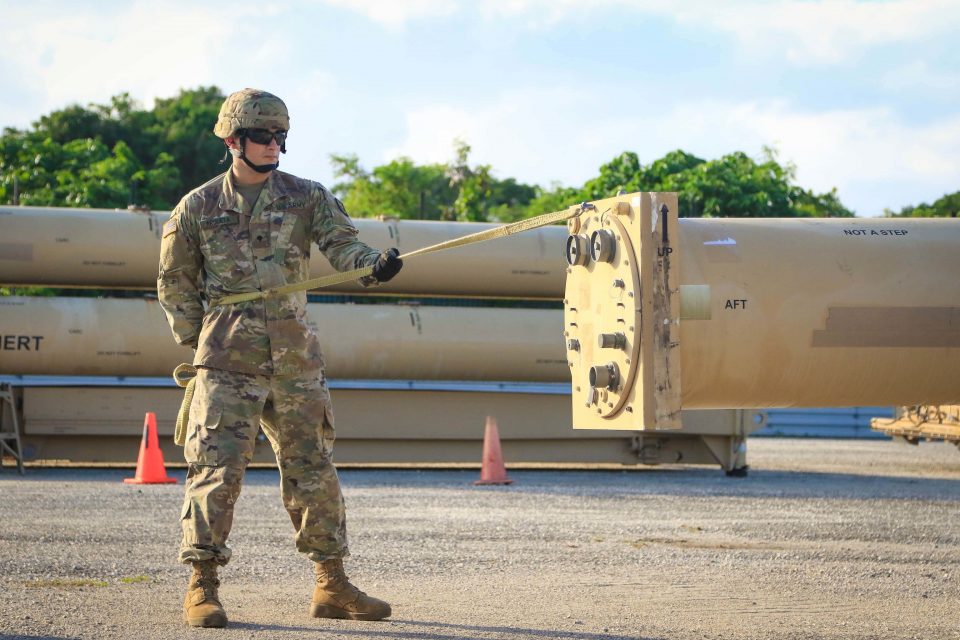By Robbin Laird and Ed Timperlake
When journalists and many policy makers discuss an area like missile defense they often do so from the perspective of catalogue shopping.
What items in the catalogue are of interest?
And what do they cost?
This is often reflected in presenting the reporting and analytical focus on “order of battle” data.
It is an important component but only goes so far in understanding effective weapon employment and human dimensions of combat.
Traditionally with only an “order of battle” look/see at the Fires Center of Excellence at Fort Sill, one would identify the separable programs, and discuss their modernization strategies and how to make each key element better in terms of themselves and to add up a modernization bill. Each item in a “modernization catalogue” and putting it in a commercial analogy would add shipping costs and a service contract to keep the catalogue item in service during the covered period.
But the Air Defense Artillery (ADA) Proponent at Fort Sill internally does not have just an “order of battle” mindset. Of course, all technology in the ADA fighting inventory has to always respect the truism that all military technology is relative against a reactive enemy and the other truism “quantity has a quality of its own.”
All solders we engaged with at all ranks fully understand the imperative for cross cutting modernization that going on in ADA. Effective cross-cutting modernization better integrated with an appreciation for evolving con-ops development and ever improving all dimensions of Command and Controls including an artificial intelligence (AI) research effort can all shape a war winning transformation of core capabilities, rather than only focusing on stove piped platform modernization.
As we refocus on the challenges posed by peer competitors and engaging in higher tempo and higher intensity operations, it is often not just back to the future.
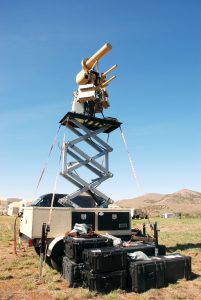
Russia is not the Soviet Union. And China is not Mao’s PLA. There are lessons learned from the past and domain knowledge, which can be leveraged in the migration in back to the future to harvest the best but leave the rest, such knowledge is to be leveraged not slavishly copied.
We must also try and learn what we don’t know.
Effective military organizations around the globe respect what Secretary Rumsfeld once sagely focused on “the unknown unknowns”
This problem was put very clearly in a recent interview with the Royal Australian Air Force head of their Air Warfare Centre which is totally focused on joint warfare as the driver for change.
Throughout the interview, he was very clear on the importance of breaking out of legacy patterns and thinking and finding ways to train for the future fight with the force you are crafting and respect what one doesn’t know.
“Our senior leadership, including myself, has never grown up in the combat environment which is now evolving rapidly. We need to unlearn as well as learn to shape an effective way ahead.”
The change is to effectively shape a future force structure based on where you need to go, rather than what you have inherited?
During our visit to Fort Sill, we experienced a Command clearly thinking through ways to deal with all of these challenges.
The Command is led by a soft spoken but clear leader in empowering his Command to think through how to break through to the next level, rather than training to the past. During our visit we had a chance to talk with Brigadier General Randall A. McIntire a couple of times and he set in motion an opportunity to talk with several members of his staff who provided us with a clear sense of the work underway to train with the force they have and the one which is emerging.
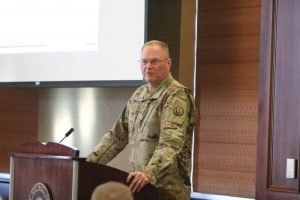
When visiting the Command, it strikes one that the ADA warriors have much in common with the US Navy’s silent service on a strategic deterrence patrol– always ready.
Sargent First Class Nicholas Martin and Sargent First Class Johnathan Pace put this point to us about their life as ADA warriors:
“Whether you’re stateside, whether you’re deployed for overseas, whether you’re in a combat zone, or you’re in a friendly nation, you have to be ready for action. No matter where I am, the question is the same: are we ready to start?
“Can we heat up the missiles now and fire them? Are we watching the skies correctly? Even if you’re in an area that’s not in a combat area, you’re always watching the sky, because in a scenario where nobody’s fighting, the air defense is still watching.
“There’s always been that intensity that if something kicks off, we’re the first ones to see it. We’re the first ones to react. And you’re on the line, they coming after you.”
Colonel David Baxter, Brigade Commander, 30th Air Defense Artillery Brigade, underscored as well the complexity of getting troops ready for the “always ready” mission set.
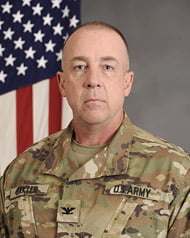
“We require our operators to be extremely knowledgeable of threat and to understand the weapons systems.
“It’s not just a one man crew, it is three people who hone their skill sets together and have to think and operate as a rapidly responsive team.
“We have to be prepared at all times but the challenge is that our skill set is not developed overnight. It takes four to six months to develop what in my opinion would be a well-trained crew.
“By which I mean, a crew that is cognizant of the operating environment, of the enemy, of their weapons system, and that can perform. And it take more than one crew per battery. You have to build a minimum of three. You can only sit in the van for so long looking at the scope.”
And we learned during our visit that the Command has already been training for the transition from the land wars in the Middle East to a new global strategic situation.
For example, the Patriot batteries train to two core situations. The first being to prepare to the area of interest to where they are scheduled to be deployed with the simulators targeted on the real combat situation likely to face the operators.
Captain Matthew Ludemann a former Patriot battery commander and current staff officer in the ADA School with two deployments to the Middle East, underscored that there was a second type of training as well, namely for what they call Global Response Force or GRF scenarios. These scenarios are very flexible and involve preparing for rapid deployment to a crisis area, which might pop up worldwide. Here, they are training against a variety of threats and within a variety of scenarios.
In a 21st Century U.S. Army “back to the future” effort increased emphasis has been placed on ramping up Short Range Air Defense (SHORAD) for the U.S. Army forces. SHORAD initiatives for an Army on the move was a good example of a Command leveraging the past but not being captured by it.
The core competence in operating SHORAD in the U.S. Army resides in the National Guard. That competence along with those of the allies is being leveraged as the Army brings new SHORAD capabilities into the force.
Because the most urgent priority for SHORAD is in Europe, the Army made a clear decision to go with a wheeled vehicle to support the initial modernization efforts around SHORAD.
Rather than letting the vehicle choice and the historical battles over tracked versus wheeled vehicles derail the pace of progress, the Army has chosen a Stryker variant for the initial modernization efforts.
As BG McIntire put it: “We got the platform figured out. Now what is under debate today are the ornaments to be placed on the platform. And when we do that we will spiral develop the capability.”
One Army officer highlighted the role of the allies in rather blunt terms. “The Czech the Romanians, the Danes and the Germans have all kept their SHORAD capabilities operational. They have provided officers onto the NATO staff and when we deploy on operational maneuvers in Europe we have those officers with us providing their SHORAD expertise. And as for me, I learned from a Czech officer about SHORAD integrated into the maneuver force.”
A key challenge facing the Air Defense Artillery community as a more integrated approach to defense is shaped, and with it greater integration with offensive capabilities, is to focus on the network as an integrated weapon system.
A key driver of change here is working Patriot with THAAD integration via the new Integrated Air and Missile Defense Battle Command System (IBCS).
Here the focus is upon shaping a common operational picture to drive an integrated firing solution set.
As IBCS is continued to be tested and refined the ADA branch is also looking at how the military specialties will change as well. With the enhanced integration of THADD with Patriot envisaged under IBCS, there is a planned transition in the military specialties.
As one Army officer put it: “So instead of identifying oneself as a Patriot operator or a THAAD operator they will be radar operators or launch operators.”
And when the Army deploys IBCS, the Army has the opportunity to drive fundamental change in how it transforms and modernizes the force.
As BG McIntire put it: “This will allow us to componentize acquisition in the future. We can prioritize sensors or weapons and hang them on the network, rather than having to drive stove piped modernization of a particular defensive system. We need to ensure that every requirement we write for a future system is IBCS compliant in order to drive such a fundamental change.”
The goal for enhanced ground defense capabilities is to empower the joint maneuver force able to operate in the integrated battlespace. Again the Commanding General captures the forte of the American military as operating as a joint force globally.
“The goal is to be able to open up operational space for the maneuver force, whether led by the Air Force or the Army, and to be able to go into the objective area and dominate the adversary. We can debate forever what we think the multi-domain battle means. But at the end of the day, my tactics have to change and my ability to collarbone I the battlespace enhance with my other service mates.”
After important individual discussions with Sargent First Class Nicholas Martin and Sargent First Class Johnathan Pace, Colonel David Baxter, CW5 Eric Maul and CW5 Christopher Wehmeier, we were given the opportunity to discuss with ADA officers who had different weapon experience or a battle system connectivity focus during a round table.
These officers have operated Patriot, THADD, SHORAD for many years, but the focus was talking through the future of ADA not focusing simply on the platforms.
Our ground rules were not to try and capture individual quotes but let a free flow of ideas drive the understanding of the Air Defense Artillery team working together. So we are grateful to Captain Keller Howell, Captain Jessica Perales, Captain Andrew Clark, Lt. Col. Ron Niedert, Major Blake Seibold, and Lt. Col. James Reese.
As the session ended the Fort Sill former combat officer now historian made a brilliant point about the challenges the U.S. Army faced in moving ADA into the missile age after World War II. In this case, as single innovative Army Officer drove that revolution and today the U.S. has a world class ADA community of innovative warriors at the cutting edge of technology by coming up with a way to develop the Nike missiles.
In August of 1944, Lieutenant Jacob W. Schafer submitted a memorandum proposing a new antiaircraft weapon system. His proposal which brought together rocket guidance, and radars linked to computers was evolutionary and catapulted U.S. as the leader of air defense. Bell Laboratories took on this initiative and LT Schafer lead the newly formed Nike project as an officer working with industry.
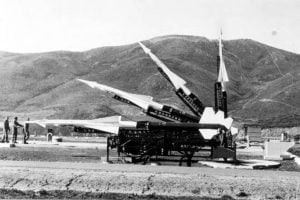
After WWII the U. S. Army Air Defense witnessed the genesis of the missile age through its defense against V-1 and V-2 rockets. As Wernher Von Braun worked through Operation Paper Clip, the U.S. Military’s development into the rocket age, a young lieutenant was working through the scientific methods associated with missile defense.
At the heart of change is reworking how the Army will do maneuver warfare, with defense at the heart of reshaping the offensive and defensive relationship.
As BG McIntire put it and the officers at the round table fully grasped “We are reworking the tribal differences between those responsible for defense and those responsible for offense in the brigades. We need an integrated mix of offense with defense for the maneuver force to be effective in the conflicts we are likely to fight going forward.”
In short, the Air Defense Artillery is working the challenge posed by the question; “How do you shape a future force structure based on where you need to go, rather than what you have inherited?
We wish to thank BG McIntire and his staff for their time spent with us. This article could have not been written without their insights and forward looking vision while also capturing the current challenges faced by an Army team essentially at war since 9/11.
Editor’s Note: Featured photo shows U.S. soldiers from the 5th Battalion, 7th Air Defense Artillery Regiment, conduct emplacement and system validation for the MIM-104 Patriot air defense missiles battery at an Israeli exercise site during Juniper Cobra, Feb. 26, 2018. Juniper Cobra 2018 is a ballistic missile defense joint U.S.-Israel exercise that uses computer simulations to train forces and enhance interoperability. Air Force photo by Tech. Sgt. Matthew Plew


